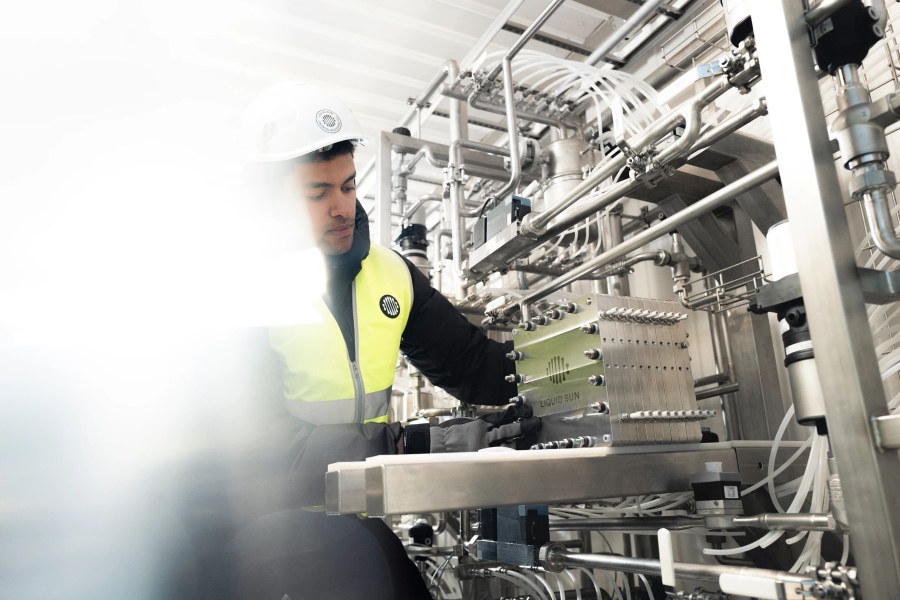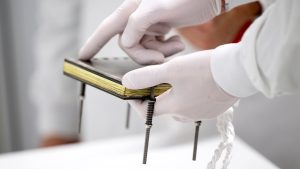The project, which originated from research at Tampere University, is based on Liquid Sun’s low-temperature electrolysis (LTE) technology that converts CO₂ emissions and renewable hydrogen into eSAF. Partners in the initiative include Finnair, ABB, Fortum, and Finavia.
In Finland, biogenic CO₂ emissions are generated, for example, by the forest industry and biogas plants. The pilot electro-fuel production unit will be located in Espoo and is expected to be fully operational in autumn 2025. It will be the first pre-commercial production pilot of its kind, aiming to establish a functioning ecosystem and value chain for synthetic fuel production in Finland. The participating companies will jointly develop eSAF production, conduct validation, and build capabilities for globally scalable processes to secure the future supply of domestically produced sustainable aviation fuel.
“Finland has the opportunity to become a leading producer in the rapidly emerging sustainable aviation fuel market. To achieve this goal, it is critical that the project brings together industrial partners across the eSAF value chain with a shared ambition to accelerate the transition to sustainable fuels,” said Pasi Keinänen, CEO of Liquid Sun.
There is a technological race underway to deliver cost-efficient and scalable solutions, and Finland’s conditions and capabilities are highly favourable. “We believe rapid piloting and validation is the right approach when building an entirely new industry for synthetic fuels. If successful, this project can give Finland a significant competitive advantage,” Mr Keinänen added.
“As the owner of Finland’s airports, we at Finavia want to do everything we can across the aviation value chain to support more sustainable air travel. This means bold climate collaboration with our stakeholders, and actively understanding and testing new technologies across our airport operations,” stated Henri Hansson, SVP, Airport Infrastructure, Sustainability, Safety, Security & Compliance at Finavia.
“Aviation is one of the hardest sectors to decarbonise, and its energy transition will require new innovation and collaboration across the value chain. We want to contribute to developing Finland’s capability in synthetic aviation fuel production while advancing the industry’s carbon neutrality goals,” commented Riku Aho, Vice President Energy Transition at Finnair.
“Fortum’s target is to help societies to reach carbon neutrality and our customers to decarbonise their processes. For aviation fuel production, we are pleased to offer renewable energy and, in the future, hydrogen from the pilot plant we are currently building,” noted Satu Sipola, Vice President, Hydrogen and Project Execution at Fortum.
“The goal of ABB Oy’s H2 Springboard program is to promote the development of Finland’s hydrogen economy ecosystem and to accelerate the scaling of hydrogen technology solutions. The Liquid Sun project is an excellent example of broad ecosystem collaboration for developing pioneering solutions,” observed Simo Säynevirta, Head of H2 Springboard ecosystem at ABB.






